 Technology peripherals
Technology peripherals
 AI
AI
 Specialized in treating 'image misuse'! Elsevier, Nature and other top journals use AI to uncover cheating scientists
Specialized in treating 'image misuse'! Elsevier, Nature and other top journals use AI to uncover cheating scientists
Specialized in treating 'image misuse'! Elsevier, Nature and other top journals use AI to uncover cheating scientists
Not long ago, we just recruited a Nobel Prize winner who published many papers through PS method.
Now, as more and more academic publishing organizations begin to use AI software to detect tampered data, scientists who are lucky enough to do so should think twice before committing.

#Is the picture misused?
In today's academic circles, it is quite common to copy, flip, rotate, move, and crop pictures of the same cell group before reusing them.
Using these doctored images, researchers pretend that they have a lot of data and have done a lot of experiments, when this is not the case.
According to Daniel Evanko, director of operations for the American Association for Cancer Research (AACR), image duplication was the primary reason AACR retracted papers between 2016 and 2020. And retraction not only damages the reputation of the author, but also damages the reputation of the publisher.
To avoid embarrassment to both parties, academic publications like AACR have begun using AI software to detect image duplications before publishing papers. The software is called Proofig, an image inspection program developed by an Israeli startup.
Evanko presented the results of the pilot study at the International Peer Review and Scientific Publishing Conference in Chicago in early September and described how Proofig has impacted the AACR.
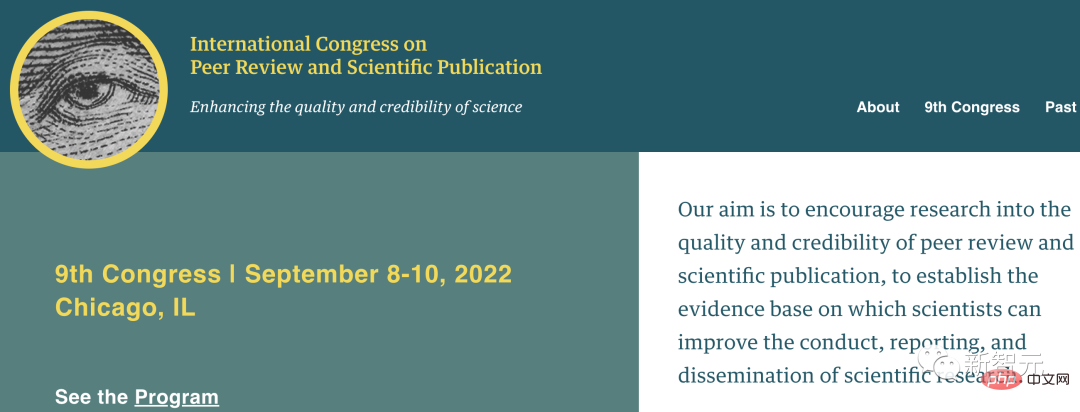
AACR publishes ten research journals and reviews more than 13,000 submissions annually. From January 2021 to May 2022, officials used Proofig to screen 1,367 papers tentatively accepted for publication, checked 208 papers with duplicate images, and contacted the authors of the papers.
According to foreign media reports: In many cases, the duplication of images in papers is due to "image misuse", and this problem can be solved by submitting new data.
The editor said: Is it that simple?
In other cases, Proofig showed clear signs of fraud. Of these 208 papers, 4 were retracted and 1 was rejected.
Academic fraud has always been common and occurs in institutions with poor reputations. However, now, academic fraud is frequently discovered in top laboratories of famous universities.
Science recently released an investigative report saying that decades of research on new treatments for Alzheimer’s disease have failed and clinical trials have failed, all based on an article. Image duplication in highly cited papers.
One of the evidences of fraud that Proofig found was a series of blurred lines produced using Western blots technology that were copied, edited and pasted into the mouse data. This kind of fraud is difficult to spot to the untrained eye.
Proofig CEO Dror Kolodkin-Gal said finding such subtle changes would be a fairly tedious task for most humans, but it's ideal for computers.
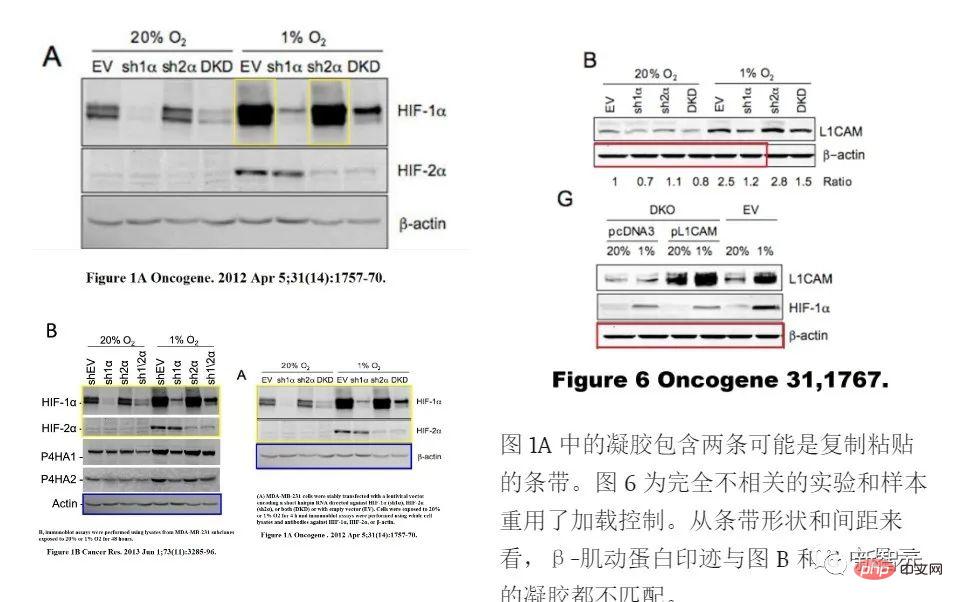
##"Misuse of Pictures" by 2019 Nobel Laureate Gregg L. Semenza
When Proofig works, it first checks whether a specific image matches other sub-images in the paper. The sub-image may be moved, flipped or rotated, cropped or copied, there are quite a few possibilities.
Proofig combines computer vision and artificial intelligence algorithms to extract and classify images. This kind of calculation is very complicated, but fortunately, machine learning is making rapid progress.
"Before the advent of artificial intelligence, just extracting sub-images from papers required ten times the R&D investment, and God knows how to calculate it. Whether it was technological advancements in algorithms or running GPUs in the cloud Ability has brought about huge changes." Kolodkin-Gal said.
Still requires human intervention
Of course, AI software like Proofig cannot find cheaters on its own.
Elisabeth Bik, an image forensics expert and independent scientific consultant, said: "To interpret the results of the software, we still need a person with relevant knowledge and experience." After all, the human eye can outperform a computer in some situations.
"You can't let the software run on its own because it might flag a lot of things that aren't problematic."
Bik at work Another AI software-ImageTwin was used. Sometimes, it doesn't analyze protein blots very clearly. "A Western blot is basically a black stripe on a plain background. I can see some subtleties in the shape with my human eye, but this software somehow just can't see it."
"This is probably because the workings of our eyes and brains are super complex. I think maybe it's because the software only looks for relative distances, so a black stripe just looks like a black stripe. It's also not very good at finding Small edges, or similar shapes to other shapes," Bik said.
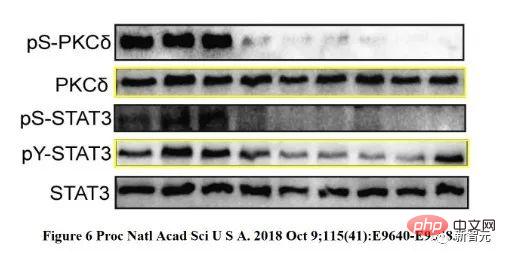
##"Misuse of Pictures" by 2019 Nobel Laureate Gregg L. Semenza
Examining protein prints is very challenging for machines, Kolodkin-Gal agrees. "It took us a lot of investment to finally find a good algorithm to find those bands. This is too challenging for artificial intelligence because the bands are very small."
Academic publications use image inspection tools like Proofig at different stages of the publishing process. AACR will scan all manuscripts that are initially accepted, and Taylor & Francis will only use it to check papers that are questioned by editors or peer reviewers.
"If the software detects potential image duplication or other manipulation, and this determination is supported by our team of experts, we will respond to such incidents in accordance with established procedures and the Publication Ethics Committee An investigation will be carried out in accordance with the established guidelines," a company spokesperson said.
In the publishing process, when to use these tools depends on the cost. Image processing is computationally intensive, so publications must pay cloud computing costs for companies like Proofig.
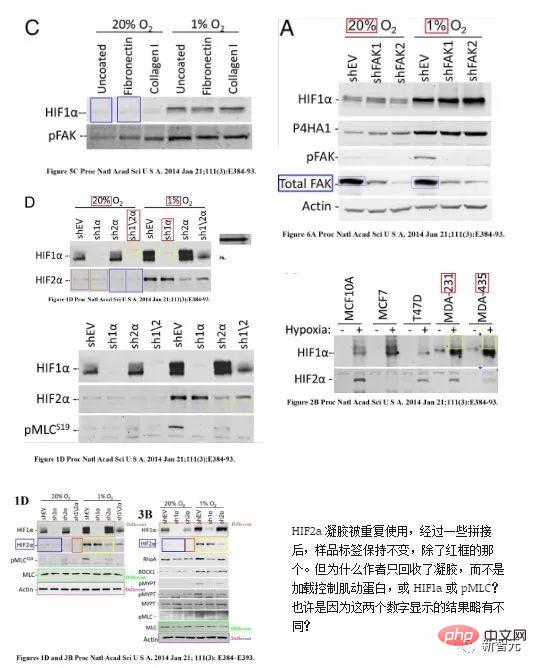
##"Misuse of Pictures" by 2019 Nobel Laureate Gregg L. Semenza
It would be too expensive to screen every paper at the submission stage. For example, using Proofig to analyze 120 sub-images costs $99. To thoroughly check a paper, Proofig needs to handle all possible combinations in a paper, which can be considered a "huge sum of money."Currently, AACR and organizations such as Taylor & Francis are negotiating to provide a packaged service tailored to their business at a cheaper price.
Helen King, director of SAGE, said: “Due to the cost of human supervision and using software, we currently only use Proofig when papers enter more advanced review stages. So far, it has Problems have been flagged in nearly one-third of the papers detected. Next, relevant professional knowledge is needed to explain."
AI cannot detect copied images in different papers
Now, more and more organizations are beginning to use AI software.The American Association for Clinical Research has also adopted Proofig, while publishers such as Frontiers have also developed their own tools.
Wiley is also using some kind of software, while PLOS, Elsevier and Nature are either open to projects or actively testing projects. Although artificial intelligence software is getting better at spotting suspicious data, it cannot catch all forms of cheating by scientists. Proofig can check if an image is duplicated in the same paper, but it won’t catch it if the image has been copied or processed in a different paper. Obviously, in order to deal with this situation, Proofig needs to build an image cache database captured from published papers to conduct a comprehensive comparison. ##"Misuse of Pictures" by 2019 Nobel Laureate Gregg L. Semenza "The biggest challenge we face is big data." Kolodkin-Gal said. "If publications don't band together and build an image database, image plagiarism will still be a big problem. To develop artificial intelligence, you have to have big data." Although we still have Despite all its flaws, the emergence of Proofig software is still a good start in combating cheating and improving academic integrity. “I do think it’s a very good thing for publications to start using software because it provides some quality control over the publishing process and will act as a deterrent. This type of software will Let the authors know: We will review your paper for these types of duplications. In my opinion, it won't prevent fraud, but it will make it a little harder," Bik said. If AI can really act as a sufficient deterrent to academic fraud, it would be a good thing. 
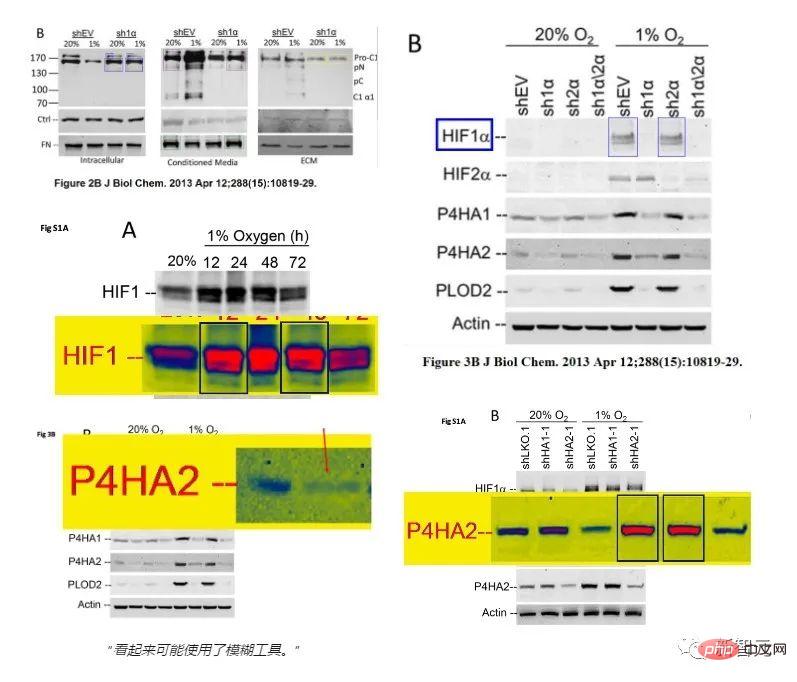
The above is the detailed content of Specialized in treating 'image misuse'! Elsevier, Nature and other top journals use AI to uncover cheating scientists. For more information, please follow other related articles on the PHP Chinese website!

Hot AI Tools

Undresser.AI Undress
AI-powered app for creating realistic nude photos

AI Clothes Remover
Online AI tool for removing clothes from photos.

Undress AI Tool
Undress images for free

Clothoff.io
AI clothes remover

AI Hentai Generator
Generate AI Hentai for free.

Hot Article

Hot Tools

Notepad++7.3.1
Easy-to-use and free code editor

SublimeText3 Chinese version
Chinese version, very easy to use

Zend Studio 13.0.1
Powerful PHP integrated development environment

Dreamweaver CS6
Visual web development tools

SublimeText3 Mac version
God-level code editing software (SublimeText3)

Hot Topics
 Is there a free XML to PDF tool for mobile phones?
Apr 02, 2025 pm 09:12 PM
Is there a free XML to PDF tool for mobile phones?
Apr 02, 2025 pm 09:12 PM
There is no simple and direct free XML to PDF tool on mobile. The required data visualization process involves complex data understanding and rendering, and most of the so-called "free" tools on the market have poor experience. It is recommended to use computer-side tools or use cloud services, or develop apps yourself to obtain more reliable conversion effects.
 How to beautify the XML format
Apr 02, 2025 pm 09:57 PM
How to beautify the XML format
Apr 02, 2025 pm 09:57 PM
XML beautification is essentially improving its readability, including reasonable indentation, line breaks and tag organization. The principle is to traverse the XML tree, add indentation according to the level, and handle empty tags and tags containing text. Python's xml.etree.ElementTree library provides a convenient pretty_xml() function that can implement the above beautification process.
 How to convert XML to image using Java?
Apr 02, 2025 pm 08:36 PM
How to convert XML to image using Java?
Apr 02, 2025 pm 08:36 PM
There is no "universal" method: XML to image conversion requires selecting the appropriate strategy based on XML data and target image style. Parsing XML: Use libraries such as DOM, SAX, StAX or JAXB. Image processing: Use java.awt.image package or more advanced libraries such as ImageIO and JavaFX. Data to image mapping: Defines the mapping rules of XML nodes to image parts. Consider complex scenarios: dealing with XML errors, image scaling, and text rendering. Performance optimization: Use SAX parser or multithreading technologies.
 How to verify the xml format
Apr 02, 2025 pm 10:00 PM
How to verify the xml format
Apr 02, 2025 pm 10:00 PM
XML format validation involves checking its structure and compliance with DTD or Schema. An XML parser is required, such as ElementTree (basic syntax checking) or lxml (more powerful verification, XSD support). The verification process involves parsing the XML file, loading the XSD Schema, and executing the assertValid method to throw an exception when an error is detected. Verifying the XML format also requires handling various exceptions and gaining insight into the XSD Schema language.
 How to use char array in C language
Apr 03, 2025 pm 03:24 PM
How to use char array in C language
Apr 03, 2025 pm 03:24 PM
The char array stores character sequences in C language and is declared as char array_name[size]. The access element is passed through the subscript operator, and the element ends with the null terminator '\0', which represents the end point of the string. The C language provides a variety of string manipulation functions, such as strlen(), strcpy(), strcat() and strcmp().
 How to set the fonts for XML conversion to images?
Apr 02, 2025 pm 08:00 PM
How to set the fonts for XML conversion to images?
Apr 02, 2025 pm 08:00 PM
Converting XML to images involves the following steps: Selecting the appropriate image processing library, such as Pillow. Use the parser to parse XML and extract font style attributes (font, font size, color). Use an image library such as Pillow to style the font and render the text. Calculate text size, create canvas, and draw text using the image library. Save the generated image file. Note that font file paths, error handling and performance optimization need further consideration.
 Avoid errors caused by default in C switch statements
Apr 03, 2025 pm 03:45 PM
Avoid errors caused by default in C switch statements
Apr 03, 2025 pm 03:45 PM
A strategy to avoid errors caused by default in C switch statements: use enums instead of constants, limiting the value of the case statement to a valid member of the enum. Use fallthrough in the last case statement to let the program continue to execute the following code. For switch statements without fallthrough, always add a default statement for error handling or provide default behavior.
 How to convert XML to image using C#?
Apr 02, 2025 pm 08:30 PM
How to convert XML to image using C#?
Apr 02, 2025 pm 08:30 PM
C# converts XML into images feasible, but requires designing a way to visualize data. For a simple example, for product information XML, data can be parsed and the name and price can be drawn into images using the GDI library. The steps include: parsing XML data. Create images using drawing libraries such as GDI. Set the image size according to the XML structure. Use the text drawing function to draw data onto an image. Save the image.





